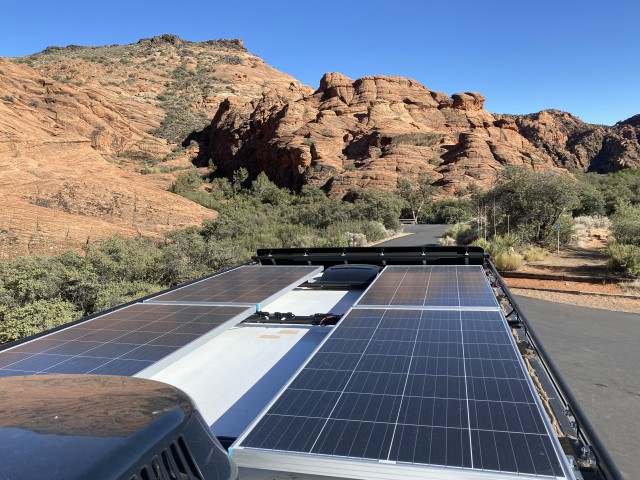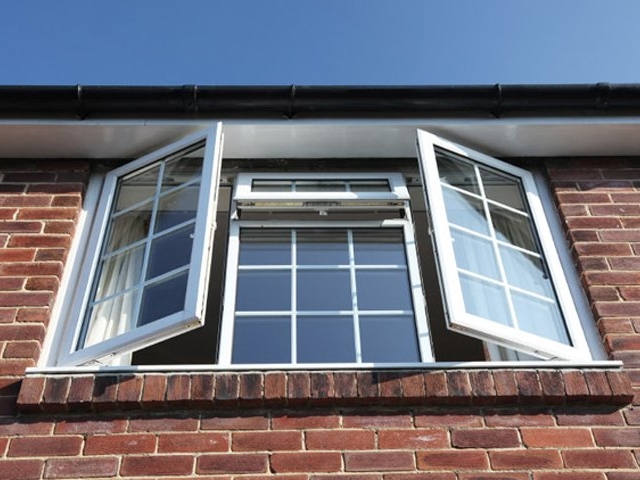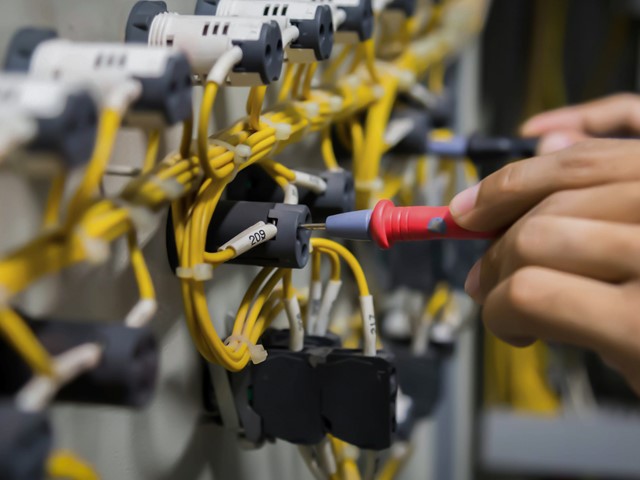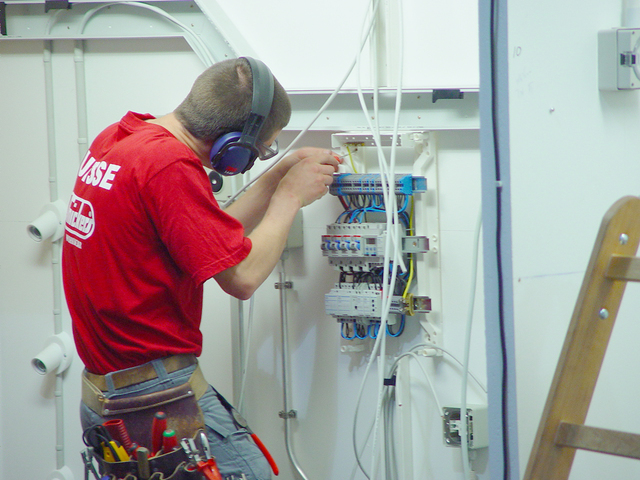Air-tight construction is a basic concept that can generate big results.
Prior to we get into it, there are some questions that require answering. The very first has to do with tight structures being carcinogen due to inadequate interior air top quality and also a mold. In the 70s when the building of air-tight structures was first being experimented with, these were absolute issues. Since then, we have actually discovered a little. Now we know that if you build an air-tight building, you also need to present fresh air using mechanical air flow.
The following inquiry generally has to do with opening windows. In an air-tight structure, you tin open the windows similar to in any building. When you open up the windows in a closed structure, it makes sense to switch off the mechanical air flow system, otherwise, the warmth or cooling would fly out the window. No different than any other building in that respect.
Structure limited ways recognizing what your target ACH50 (Air Adjustments per Hour at 50 pascals) is. For a high-performance residence, it is typically 1.5 ACH50 or much less. That is tight. Homes developed to the 2012 International Power Code will certainly be needed to have an ACH50 of 3-5 depending upon the environment.
Any type of contractor that can satisfy the code required 3-5 ACH50 has the ability to tighten up the envelope to get to 1.5 ACH50 or below. It’s more about technique than anything, a little preparation will go a long way. If you’re professional and know you want to get to a reduced ACH50 they can deal with you to find up with cost-effective methods to arrive.
The majority of older homes exchange their air via leakages and holes in the structure envelope. As air goes through a flooring, roofing, or wall surface, nasties can hop a ride. Points like dust, bugs, critter waste, plant pollen, and also pollution can easily locate their way inside a dripping residence.

Air-tight residences exchange their air through mechanically regulated ventilation. The benefit of this is that the wall surfaces, flooring as well as the roofing system are tight as well as can not pass unfavorable points to the indoor atmosphere. The fresh air is supplied in the right amount and it is a filtering system and also clean. The outcome is that air-tight homes often tend to have superior indoor air quality. Obviously, when it is a lovely day out, the windows must be thrown wide open.
What’s strange is that the majority of us are hardly ever that comfy inside our houses, we just approve of this reality. Some will turn up the warm or a/c to get comfortable, others will certainly endure the pain. In an air-tight home, drafts are lessened as well as we feel a great deal much more comfortable, therefore.
Because an air-tight home does not leak air, it likewise does not leak energy. In older homes, air leakage accounts for 15-35%+ of power made use of for cooling and heating. Simply reducing the air leakage drastically enhances power efficiency.
Living in an air-tight residence will mean years of breathing fresh air, fitting, and also saving bucks on utility costs. It is a wise method to construct. If you want to find great tips and information, browse around this site to learn more.





